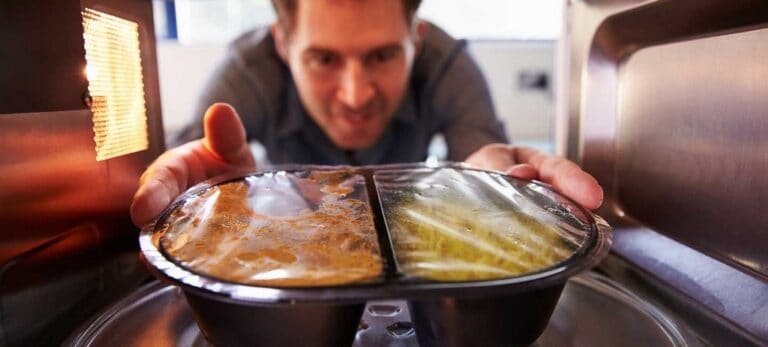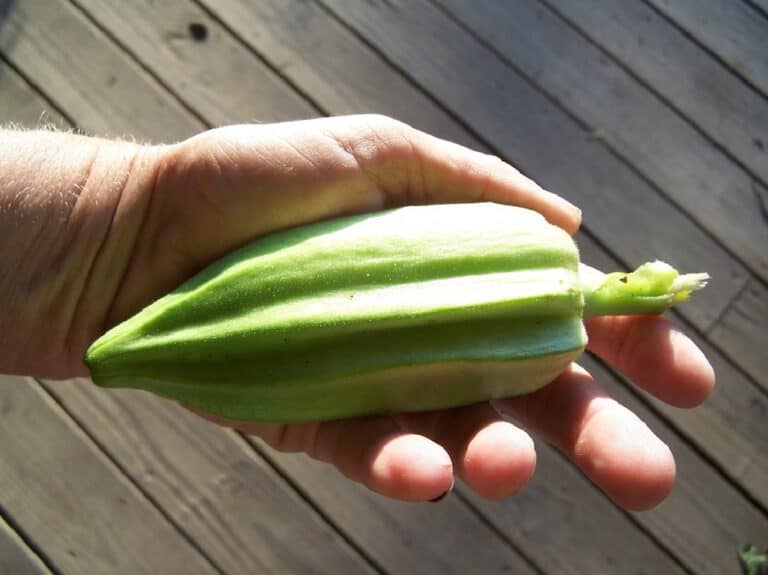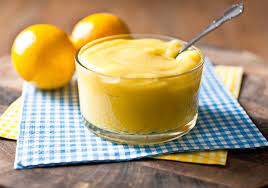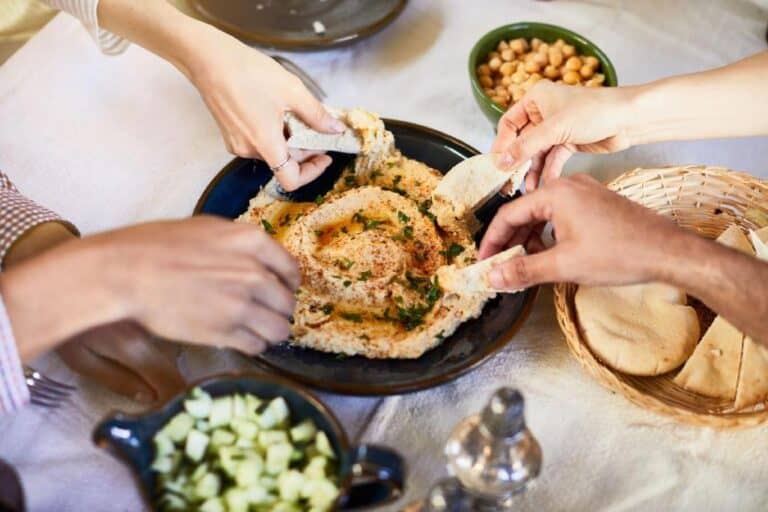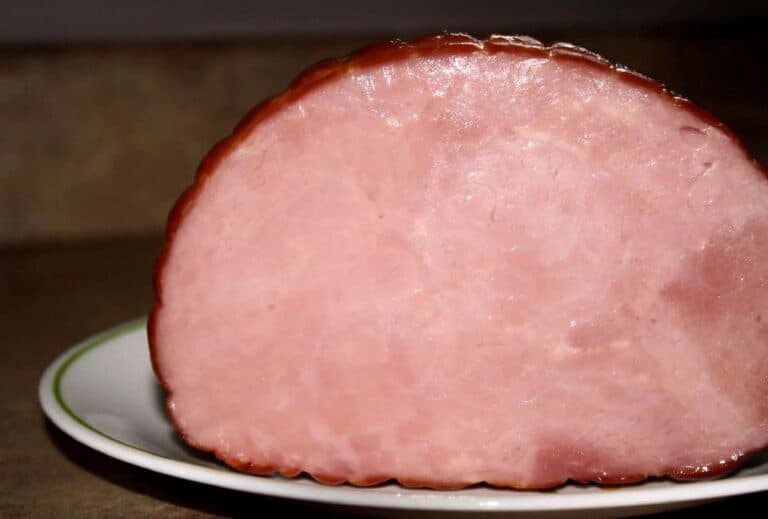Can You Eat Mushrooms with Mold on Stem?

For a long time, both adventurous people and food lovers have been drawn to mushrooms, those mysterious wonders of the forest floor. Their earthy look, variety of shapes, and delicious flavors make them a popular addition to many kinds of food. Still, there is a problem with them: what should you do if you see mold on the stem of a mushroom? Can you still savor that umami goodness, or should you exercise caution?
This article goes into the very interesting world of edible mushrooms. It explains the complicated nature of moldy stems and helps you make the tough choices that lie ahead. We are going on a tasty adventure, starting with the interesting molds that grow on these fungi and ending with the delicious health benefits they offer.
Let us talk about the different ways to look at the mold on mushroom stems, what it means for cooking, and the risks that an adventurous eater might face. It’s a quest to uncover the answer to one burning question: Can you eat mushrooms with mold on the stem?
The Appeal of Eating Mushrooms
Before we venture into the realm of moldy mushroom stems, let’s take a moment to appreciate the allure of these fantastic fungi. Edible mushrooms have been a part of human cuisine for centuries, adding depth, umami, and a unique earthy flavor to a variety of dishes.
Some of the most popular mushrooms are button mushrooms, portobellos, and chanterelles. You can find all of them on menus around the world. Not only do they offer an exquisite gastronomic experience, but they also provide essential nutrients.
Here’s a quick overview of the nutritional benefits of mushrooms:
| Nutrient | Quantity per 100g |
| Calories | 22 |
| Protein | 3g |
| Carbohydrates | 3g |
| Fiber | 1g |
| Fat | 0.3g |
| Vitamins | A, C, D, and B-vitamins |
| Minerals | Selenium, Copper, and Potassium |
These nutritional powerhouses are high in protein, fiber, vitamins, and minerals but low in calories, fat, and carbohydrates. So, it’s no wonder that people are drawn to them in culinary endeavors.
Mold on Mushroom Stems: A Common Encounter
In the world of mushrooms, encountering mold is not uncommon, especially when you’re dealing with fresh or foraged specimens. Mold can manifest itself as fuzzy growth on the stem, cap, or other parts of the mushroom.
So you need to know that not all molds are created equal. Some molds are safe, while others can be toxic and potentially harmful if ingested.
Common Types of Mold on Mushroom Stems:
- White Mold (Harmless): This type of mold is often found on mushroom stems and is generally considered safe to consume. It resembles a fluffy, cotton-like growth.
- Green Mold (Potentially Harmful): Green mold is less common but can be found on mushroom stems and other parts. While not all green molds are toxic, it’s best to exercise caution and avoid consuming mushrooms with this type of mold.
- Black Mold (Toxic): Black mold is the one you should be most concerned about. It usually has a bad odor and is present on mushroom stems and caps. Consuming mushrooms with black mold can lead to severe health issues.
So, the answer to whether you can eat mushrooms with mold on the stem depends on the type of mold you encounter. It’s vital to exercise caution and make informed decisions.
Assessing the Mold on Mushroom Stems
Now that you’re aware of the different types of mold that can affect mushrooms, it’s time to learn how to assess the situation. You want to ensure that you make the right call when faced with a moldy mushroom dilemma.
Here’s a step-by-step guide to help you assess the mold on mushroom stems:
- Visual Inspection: Examine the mushroom carefully. If the mold is limited to a small area on the stem and looks like white, fluffy growth, it’s likely harmless. However, if the mold is extensive, green, or black, it’s best to err on the side of caution and avoid consumption.
- Texture: Touch the mold. Harmless white mold tends to be soft and powdery. In contrast, harmful molds, especially black mold, often have a slimy or gooey texture.
- Smell: Give it a sniff. Throw away the mushroom right away if it has a strong, unpleasant odor, especially if black mold is present.
- Personal Sensitivity: Consider your personal sensitivity to molds. Some individuals may be more sensitive to mold exposure and should exercise even greater caution.
- Risk Tolerance: Assess your own risk tolerance. If you have any doubts or concerns, it’s best to discard the mushroom. Your health is not worth the risk.
The Culinary Perspective
From a culinary perspective, the presence of mold on a mushroom stem can impact the taste and texture of your dish. While white mold can be easily removed, green or black mold can ruin the mushroom’s flavor.
When using white mold mushrooms, gently remove the affected part, wash the rest, and add it to your recipe. Just emember that the presence of mold can be an indicator of the mushroom’s age or condition, and it’s still essential to exercise caution.
Risks of Consuming Moldy Mushrooms
While some types of mold on mushrooms are harmless, consuming the wrong kind can have adverse health effects. It’s crucial to be aware of the potential risks associated with eating moldy mushrooms:
- Gastrointestinal Distress: Ingesting toxic mold can lead to nausea, vomiting, diarrhea, and other digestive problems.
- Allergic Reactions: Some molds can trigger allergic reactions in sensitive individuals, leading to symptoms like itching, hives, or respiratory issues.
- Neurological Symptoms: Certain toxic molds can cause neurological symptoms, such as confusion, dizziness, or even hallucinations.
- Liver and Kidney Damage: Prolonged exposure to toxic molds in mushrooms can lead to severe liver and kidney damage.
- Death (in extreme cases): In extremely rare cases, consumption of highly toxic molds can be fatal.
Safeguarding Your Health
To safeguard your health when enjoying mushrooms, whether wild or store-bought, consider these tips:
- Purchase from Reputable Sources: Buy mushrooms from trusted suppliers or stores that adhere to food safety regulations.
- Check Freshness: When buying fresh mushrooms, look for ones that are firm, with no visible signs of mold.
- Proper Storage: Store mushrooms in the refrigerator in a breathable container, allowing moisture to escape.
- Quick Consumption: Consume mushrooms promptly to minimize the risk of mold development.
- Educate Yourself: Learn to identify common edible mushrooms and distinguish them from potentially toxic lookalikes.
- Consult an Expert: If you’re unsure about a specific mushroom, consult a mycologist or expert in fungal identification.
- Cook Thoroughly: Cooking mushrooms thoroughly can kill some mold spores and render them safer for consumption.
Related: How Do You Cook Mushrooms So They Are Not Slimy and Soft?
Conclusion
In the world of culinary exploration, mushrooms are a versatile and delightful addition to numerous dishes. However, when mold enters the equation, the decision to eat or discard can be a perplexing one. It’s crucial to assess the type of mold on the mushroom stem, your personal sensitivity, and your risk tolerance before making a decision.
When in doubt, it’s always safer to err on the side of caution and discard the mushroom. Your health and well-being should remain paramount, even in the pursuit of culinary excellence.
FAQs on Identifying Safe vs. Harmful Molds
Is it safe to eat mushrooms with white mold?
Consuming mushrooms with any type of mold, including white mold, is not recommended. While some molds may not be harmful, it’s difficult to distinguish between benign and toxic varieties. It’s best to discard any mushrooms with visible mold to avoid potential health risks.
How can you tell if mushrooms are still safe to eat?
Fresh mushrooms should have a firm texture, a pleasant earthy smell, and no visible signs of mold or discoloration. If the mushrooms appear slimy, discolored, or emit a foul odor, they are likely spoiled and should be discarded.
What are the symptoms of eating moldy mushrooms?
Symptoms of consuming moldy mushrooms may include nausea, vomiting, abdominal pain, diarrhea, and allergic reactions. More severe cases could lead to respiratory problems and neurological issues. If you experience any adverse symptoms, seek medical attention promptly.
Can cooking destroy mold on mushroom stems?
Cooking can kill some types of mold, but it may not remove all harmful toxins produced by mold. It is safer to discard mushrooms with visible mold before cooking because cooking may not neutralize all mold toxins.
Are all types of mold on mushroom stems harmful?
While not all molds found on mushroom stems are immediately dangerous, it’s challenging to distinguish between harmful and benign types. To err on the side of caution, it’s advisable to avoid consuming mushrooms with any visible mold.
How should I store mushrooms to prevent mold growth?
Store fresh mushrooms in a paper bag or a porous container in the refrigerator. Ensure they are dry and adequately ventilated. Avoid storing them in airtight plastic bags, as this can promote moisture buildup and mold growth.
Is it advisable to consume mushrooms with visible mold for any health benefits?
The health risks outweigh the benefits of eating mushrooms with visible mold. Opt for fresh, uncontaminated mushrooms to ensure you receive the nutritional benefits without the risk of ingesting harmful toxins from mold.

